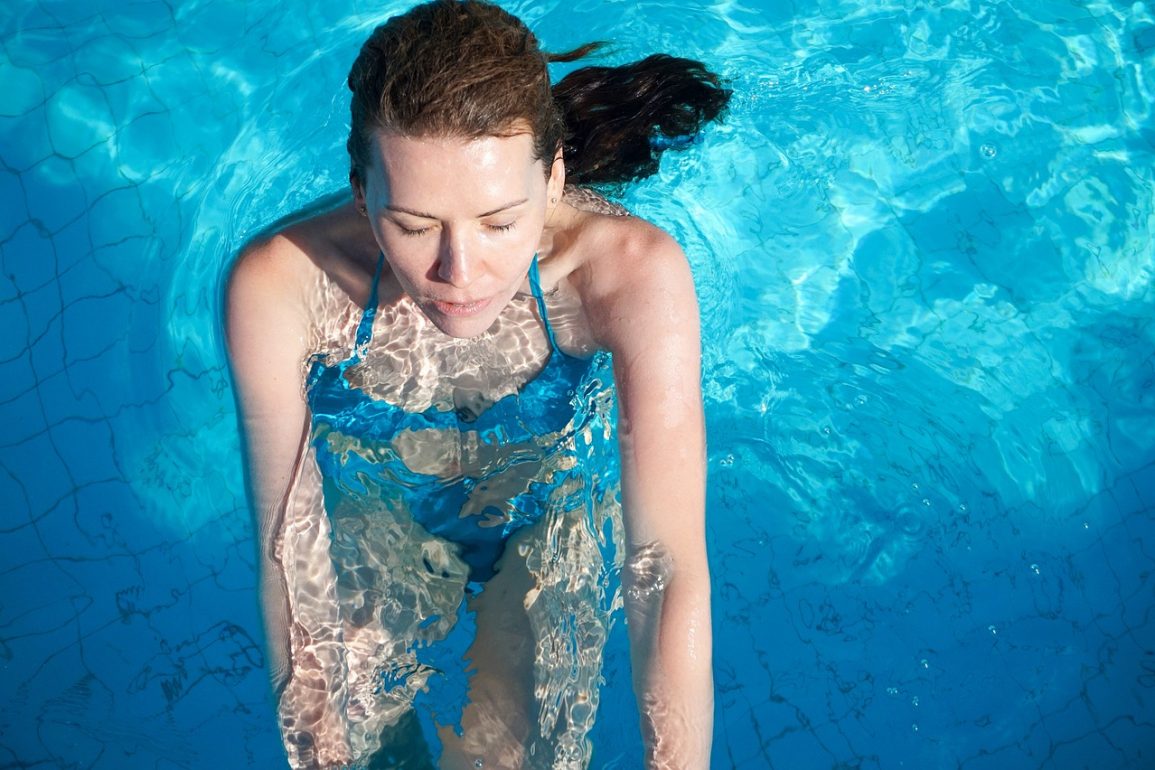Upper Body Strength for Women: What you exercise you should be doing in each decade –Whether you’re lifting shopping bags, a kettlebell, or a grandchild when it comes to everyday tasks, stronger upper body muscles are an essential part of life. Without strength in these areas, the lower back muscles often must compensate for the arms and shoulders, resulting in pain and injury.
It’s impossible to imagine that any machine could run for 50+ years without needing some TLC or repairs, and the body is no different.
Whilst genetics play a role in the advancement and severity of upper body conditions such as osteoarthritis, all adults can expect to experience some change to their shoulder joints as they age. As we age, the cartilage that cushions joints will wear down leading to less mobility, pain, and inflammation.
Repetitive movements such as lifting heavy objects can also cause joint wear-and-tear and so anyone who is regularly very active is at high risk. People who play sports or work out regularly – and people whose jobs are active such as builders, cleaners, and dancers may experience shoulder pain later in life due to repetitive movements.
There are other risk factors to consider, such as being overweight which adds additional strain and fat tissue also produces proteins which cause inflammation around your joints. Inactivity is one risk factor, but intense exercise can also be to blame. For example, HIIT workouts (high-intensity interval training) may be great in your 20s but later in life could lead to premature shoulder joint wear and tear.
Here, are some top tips on how women can work out the upper body throughout the decades:
30s – Women begin losing muscle mass in their 30s, so add muscle-gaining, strength-training workouts instead of focusing solely on cardio. Bicep curls and overhead presses can help to improve muscle definition and mass, strength training also increases metabolism and improves mobility as well as swimming lessons in Edinburgh, which can also be a positive alternative. Also, start varying your workouts to help wear joints evenly. This could mean incorporating walking, jogging, swimming, and cycling into an exercise rota to give your joints a break while keeping you active.
40s- Once women hit their 40s progesterone, oestrogen, and testosterone levels begin to decline. This leaves the adrenals carrying more of the workload, so women in their 40s must be extra cautious about balancing stress-inducing exercises, such as burpees (which may have been fine to do in their 20s and 30s) with exercises that have a lower impact on the shoulders. Women in their 40s will also see a decline in muscle mass due to lower testosterone levels so low-impact exercises like yoga, hiking, and resistance band exercises are better for adding muscle tone and strength.
50s- Bone mass and density decrease over time, and by the 50s women are very susceptible to potential injury, so it’s important to slow down. Water aerobics and swimming are good low-impact exercises to strengthen shoulder joints and muscles. Swimming is also an excellent full-body conditioning activity that will get your heart rate up, strengthen your muscles and will also give your joints a break as the buoyancy of the water supports the body weight, meaning less stress is placed on the joints. Be sure to leave plenty of time to recover in between. Strength-building exercises such as Pilates and yoga can also help to strengthen the muscles around the shoulder joints.
60s – The more sedentary we are, the more shoulder muscles, joints, and other body parts start to freeze up as we age, leading to more aches and pains. Sitting and not moving will only make them worse so keep active. Single-arm exercises are a great option for older people allowing them to train one side at a time with less pressure. If you are prone to shoulder stiffness after sitting for long periods of time or when you wake up in the morning, reduce the amount of inactive time during the day – for example, you could do some rotations or lifting whilst you wait for the kettle to boil. Those who are sitting at a desk all day will benefit from standing up, walking around, and stretching out their back, shoulders and neck at least once every hour. Set an hourly timer to remind you. If you are really struggling consider finding a 60+ experienced physical therapist who can work alongside a qualified trainer to help address specific issues and injuries, provide specialised moves, and safely target weaknesses and imbalances.
Overall, it’s important to listen to your body. If you are in pain regularly and it is interfering with your life, see your GP before you start any new exercise regime. Just because joint wear-and-tear is normal as you get older, it doesn’t mean that you must put up with it. Physical activity should be a consistent, ongoing part of your routine, no matter what your age, though it’s important that your fitness routine should adapt as you get older, and as your body and physical needs change. Staying active improves mental health and physical health, whilst also reducing your risk of developing life-threatening illnesses or having a fall that results in injury.
Carlos Cobiella is a highly skilled London-based Consultant Orthopaedic Surgeon with a special interest in upper limb and sports injuries. He has treated many well-known A-list Oscar-winning actors and directors and some of the world’s top professional sportsmen and athletes. For further information, visit here
Poppy Watt


